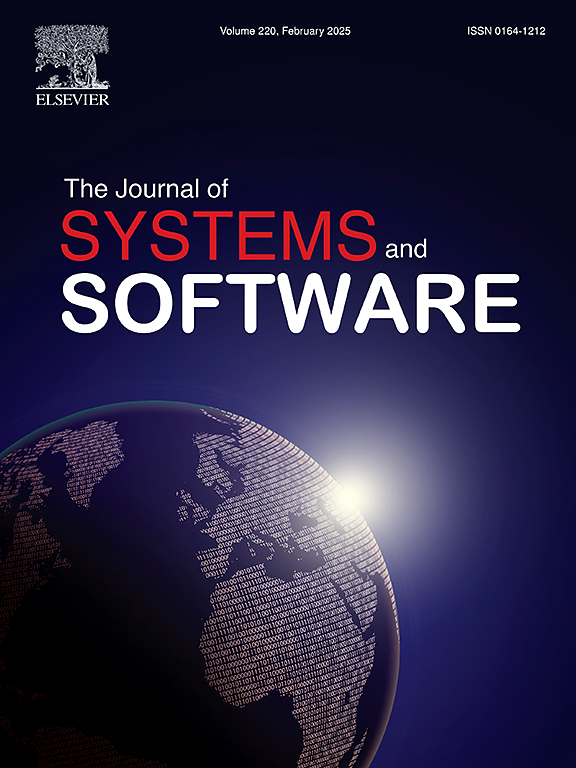浮点程序的符号执行:我们还有多远?
IF 3.7
2区 计算机科学
Q1 COMPUTER SCIENCE, SOFTWARE ENGINEERING
引用次数: 0
摘要
浮点程序由于存在约束求解问题,因此对符号执行而言具有挑战性。本文对现有的五种浮点程序符号执行方法进行了实证研究,以评估它们的有效性和局限性。我们基于最先进的符号执行工具 KLEE 实现了现有方法,并构建了一个实际浮点程序基准进行评估。我们在语句覆盖率和浮点异常检测能力方面对现有方法进行了评估。结果表明,现有方法可以相互补充。基于评估结果,我们提出了一种协同方法来提高浮点程序的符号执行效率。实验结果表明,我们的协同方法在发现浮点异常方面非常有效。本文章由计算机程序翻译,如有差异,请以英文原文为准。
Symbolic execution of floating-point programs: How far are we?
Floating-point programs are challenging for symbolic execution due to the constraint solving problem. This paper empirically studies five existing symbolic execution methods for floating-point programs to evaluate their effectiveness and limitations. We have implemented the existing methods based on the state-of-the-art symbolic execution tool KLEE and constructed a real-world floating-point program benchmark for evaluation. We evaluate the existing methods with respect to statement coverage and the ability to detect floating-point exceptions. The results demonstrate that the existing methods complement each other. Based on the evaluation results, we propose a synergistic approach to improving the efficiency of the symbolic execution for floating-point programs. The experimental results indicate our synergistic method’s effectiveness in finding floating-point exceptions.
求助全文
通过发布文献求助,成功后即可免费获取论文全文。
去求助
来源期刊

Journal of Systems and Software
工程技术-计算机:理论方法
CiteScore
8.60
自引率
5.70%
发文量
193
审稿时长
16 weeks
期刊介绍:
The Journal of Systems and Software publishes papers covering all aspects of software engineering and related hardware-software-systems issues. All articles should include a validation of the idea presented, e.g. through case studies, experiments, or systematic comparisons with other approaches already in practice. Topics of interest include, but are not limited to:
•Methods and tools for, and empirical studies on, software requirements, design, architecture, verification and validation, maintenance and evolution
•Agile, model-driven, service-oriented, open source and global software development
•Approaches for mobile, multiprocessing, real-time, distributed, cloud-based, dependable and virtualized systems
•Human factors and management concerns of software development
•Data management and big data issues of software systems
•Metrics and evaluation, data mining of software development resources
•Business and economic aspects of software development processes
The journal welcomes state-of-the-art surveys and reports of practical experience for all of these topics.
 求助内容:
求助内容: 应助结果提醒方式:
应助结果提醒方式:


